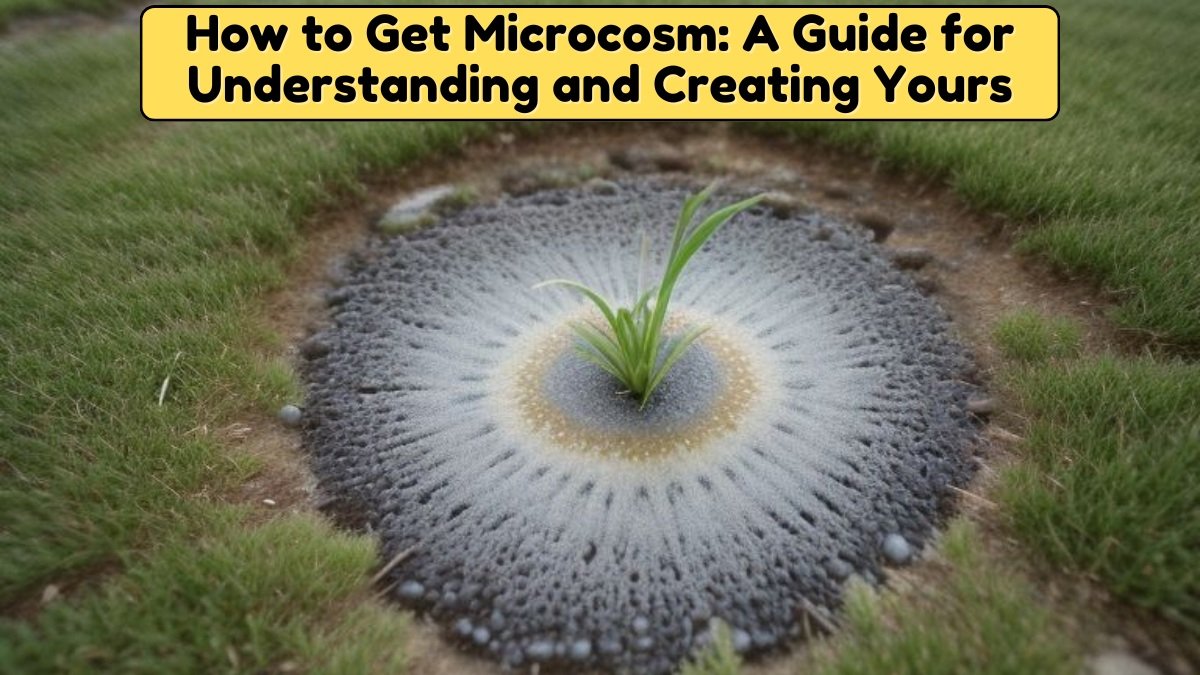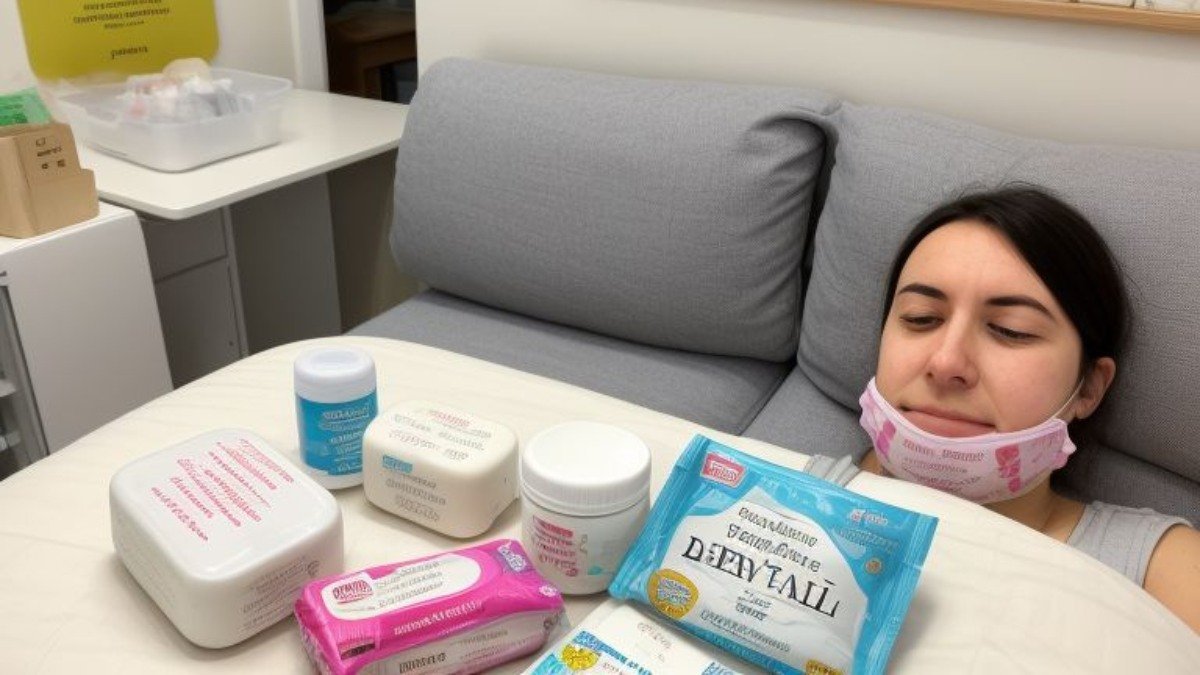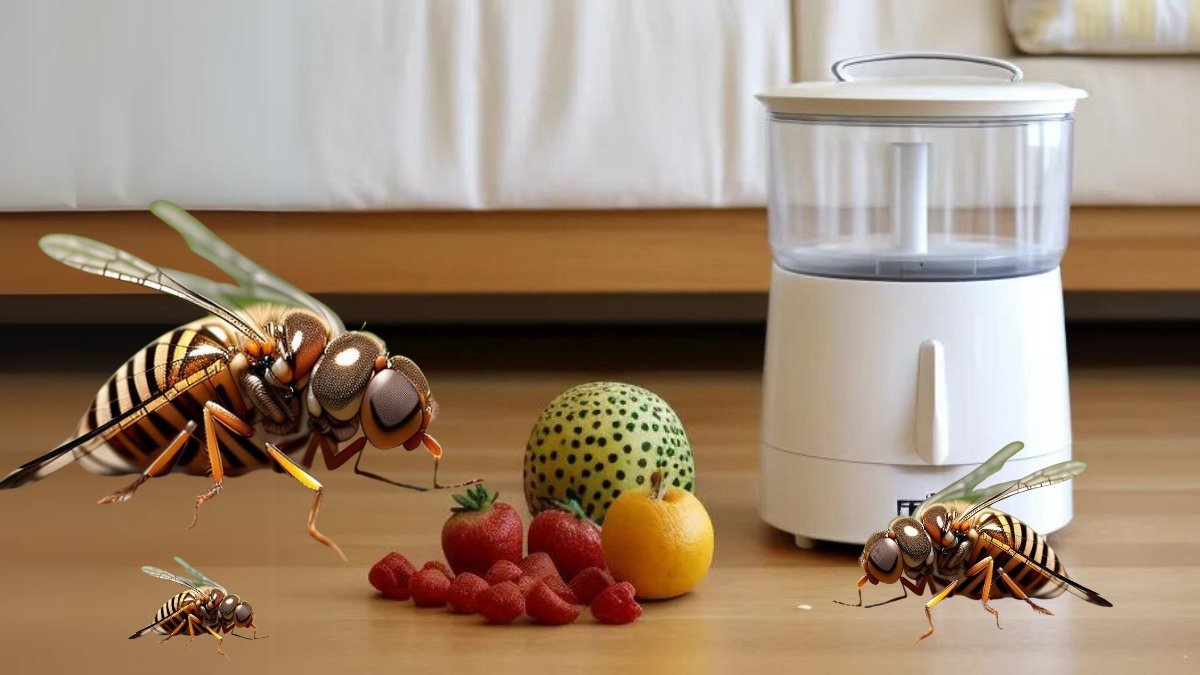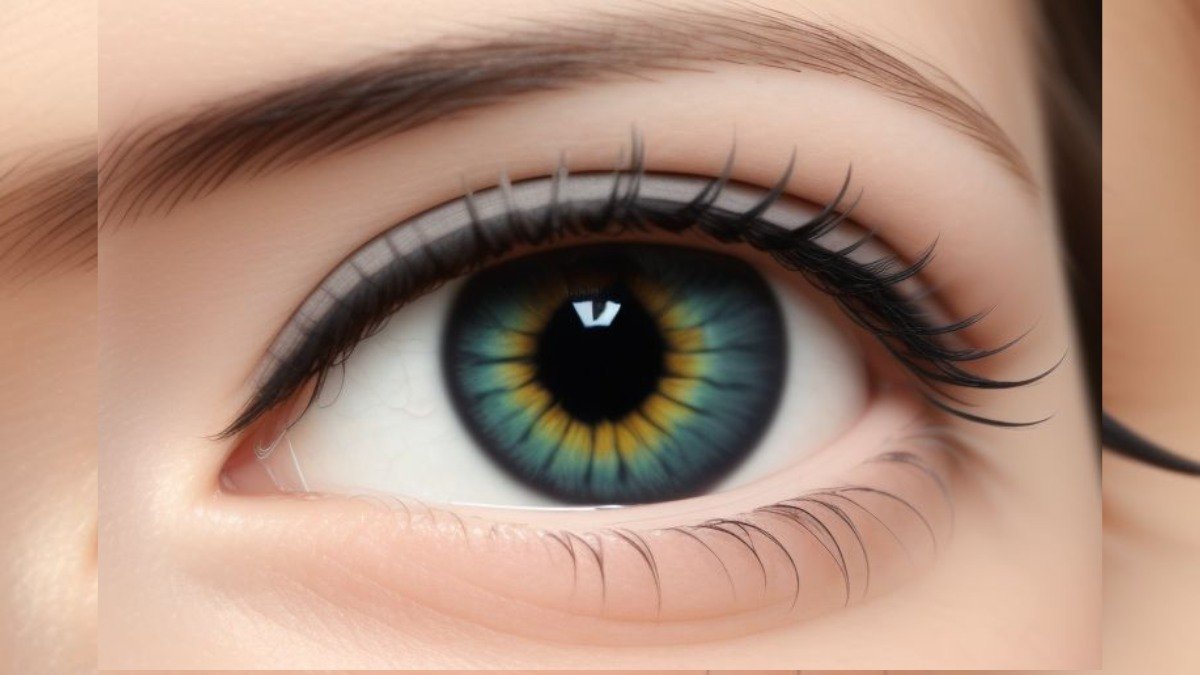In this concept, there is a smaller, representative system that mimics the larger whole. It is a Greek term taken from “micro,” which means small, and “cosmos,” which means world or universe. Microcosms, within ecology, sociology, and philosophy, are a way of studying complex systems through their smaller, more manageable counterparts. This paper describes how to create one’s own microcosm, useful both in theory and practical application.
The Microcosm is a unique and special exotic weapon introduced in The Final Shape. The pistol is the first kinetic power weapon and is capable of dealing a lot of damage thanks to its bonus shield damage. But like most other exotic weapons in The Final Shape, you have to work to get it. Specifically, the Microcosm requires you to face some challenging story mission difficulties that require a good amount of teamwork.
Meaning of Microcosm
To prepare a microcosm, first understand what a microcosm is. Microcosms occur in several fields:
- Ecology: A small community of organisms to explore ecological relationships.
- Sociology: A group representing an outline of a greater social structure, often in social studies or experiments.
- Philosophy: The concept that individual experiences can illustrate larger existential questions about the universe or society.
A microcosm is found or created as one of the steps of studying complex systems and inferring from it operations at a large scale.
Steps to Create a Microcosm
1. Identify Your Focus Area
Identify the space you will explore—a natural ecosystem, a group of people, or any other system that interests you. Your passion will be the driver in conducting your research and experiments.
2. Choose the Scale
Define your scale for your microcosm. If, for example, you are to study an ecosystem, in the garden, you could use a small piece of land or even a glass terrarium. For social interaction studies, have a few friends, colleagues, or even a community organization.
3. Get Ready to Collect Your Components
Collect all the components you will require for your microcosm. It may consist of:
For Ecology: Soil, plants, water and microorganisms like insects or microorganisms.
For Sociology: Observational subjects or participants, as well as collecting devices like a survey or interview.
4. Prepare the Microcosm
Create the environment in which your microcosm is going to thrive. This might include:
Constructing a physical space (such as a tank or terrarium).
Developing rules or social norms for the group in a social study.
Creating conditions about how interactions will occur.
5. Observe and Collect Data
Observe your microcosm as time goes on. Observe interactions, changes, and adaptations that appear in your mini-system. Use photography or note-taking with digital tracking as a means to record your observations.
6. Analyze Your Findings
After gathering enough data to support your study, analyze the relationships and patterns that develop in your microcosm. Think of how these items correspond to or deviate from the larger system you sought to represent.
7. Draw Conclusions
Ponder what you might learn from your microcosm that would have implications in the broader system. Are there lessons that could be extended to larger ecosystems or social structures?
8. Share the Knowledge
Perhaps you should share your study with a wider audience. This may take the form of a blog, presentation, or academic paper. However it takes the form, sharing your research could spread the learning for the community about the larger system.
Applications of Microcosm Studies
Microcosm studies find applications in several areas:
Education: Microcosms can be used for hands-on projects to interact with students with scientific concepts.
Psychology: Small groups can also present an opportunity to understand human behavior and social dynamics.
Environmental Science: Ecological interdependencies help in conservation.
Well Micah-10’s Recovery Quest
The Microcosm is unlocked after completing Micah-10’s final recovery mission: Pudding. But to get to that point, you’ll need to finish The Final Shape’s campaign and complete the Destined Heroes quest until you’ve completed the Queen Part I adventure.
After this adventure you’ll speak to Micah-10 and begin his quest. The first three recovery quests can be completed by following the objective markers and then finding the lost ghost. The fourth is harder.
Complete three story missions on Co-op Focus
Micah-10’s fourth quest is Convalescence: Pudding. This requires you to complete three story missions from The Pale Heart map menu on Co-op Focus difficulty – a much harder version of the story with unique mechanics that you can’t take on alone. The three story missions you’ll need to complete are: Ascent, Descent, and Iconoclasm.
Team up with a friend or find someone through the Fireteam Finder, as you need at least two Guardians. Enemies hit harder, they take longer to kill, and you’ll also have to go through the Fractured by the Witness debuff between the two or three of you, as once you hit 10 stacks of it, you’ll die. So, once you reach 7 or 8 stacks, have your other Guardian take it off of you. If there are three of you in the mission, you’ll have to give it to all three of you, as it’ll be cold until you can pick it up again.
Other mechanics include shooting two Darkness Orbs at the same time to knock down certain enemies’ shields, and communicating which symbols to collect when glyphtouched.
Communication is essential, ideally over voice chat, but text chat can work as well. After completing these missions, you can return to Mica-10 and obtain the Microcosm.
Conclusion
Creating and looking at microcosms is a very powerful way of comprehending vast systems in manageable frameworks. As an inclusive study which combines environmental studies, social sciences and personal explorations, microcosms could unlock profound insights into our world. With steps set out in this book, you can enter the enchanting realm of microcosms, unlocking some of the mysteries of the broader systems they represent.




